Uncategorized
-
 Neuroscience
NeuroscienceA new experiment didn’t find signs of dreaming in brain waves
Brain activity that powers dreams may reveal crucial insight into consciousness, but a new study failed to spot evidence of the neural flickers.
-
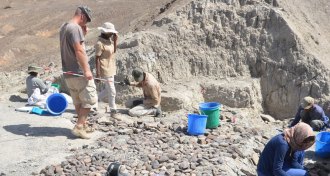 Anthropology
AnthropologyHominids may have been cutting-edge tool makers 2.6 million years ago
Contested finds point to a sharp shift in toolmaking by early members of the Homo genus.
By Bruce Bower -
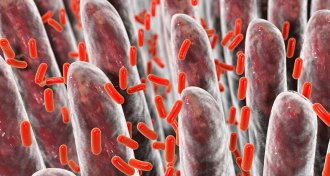 Life
LifeGut bacteria may change the way many drugs work in the body
A new survey of interactions between microbes and medications suggests that gut bacteria play a crucial role in how the body processes drugs.
-
 Physics
PhysicsThis tabletop device turns the quantum definition of a kilogram into a real mass
The mini Kibble balance will measure 10 grams to an accuracy of a few ten-thousandths of a percent.
-
 Climate
ClimateThe Southern Ocean may be less of a carbon sink than we thought
The Southern Ocean’s ability to suck up much of the carbon that humans pump into the atmosphere is in question.
-
 Climate
ClimateThousands of birds perished in the Bering Sea. Arctic warming may be to blame
A mass die-off of puffins and other seabirds in the Bering Sea is probably linked to climate change, scientists say.
-
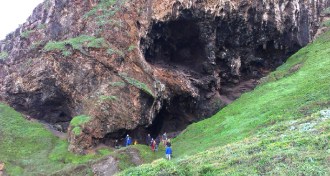 Archaeology
ArchaeologyCave debris may be the oldest known example of people eating starch
Charred material found in South Africa puts energy-rich roots and tubers on Stone Age menus, long before farming began.
By Bruce Bower -
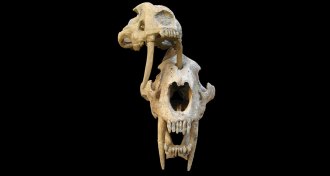 Paleontology
PaleontologyFossils reveal saber-toothed cats may have pierced rivals’ skulls
Two Smilodon fossil skulls from Argentina have puncture holes likely left by the teeth of rival cats.
-
 Astronomy
AstronomyWatch the oldest surviving film of a total solar eclipse
A short film of the 1900 total solar eclipse was restored by conservation experts and is now available to view online.
-
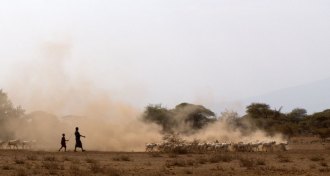 Anthropology
AnthropologyAfrica’s first herders spread pastoralism by mating with foragers
DNA unveils long-ago hookups between early pastoralists and native hunter-gatherers in Africa.
By Bruce Bower -
 Health & Medicine
Health & MedicineA fungus weaponized with a spider toxin can kill malaria mosquitoes
In controlled field experiments in Burkina Faso, a genetically engineered fungus reduced numbers of insecticide-resistant mosquitoes that can carry malaria.
-
 Chemistry
ChemistryVaping the sweetener sucralose may produce toxic chemicals
Sucralose in e-liquids can break down, increasing toxic aldehydes in vapors and producing harmful organochlorines, including a potential carcinogen.